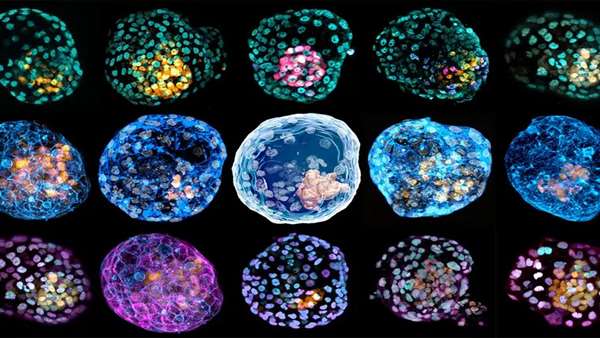Living structures that model early human embryonic development have been generated entirely from cells in the skin. The models mean it should be possible to study infertility, early miscarriage and early embryonic development without the controversial use of real human embryos – although the models may raise ethical issues of their own.
Previously, the only means of studying the early development of human embryos was via blastocysts obtained from IVF procedures. Blastocysts are a ball-like early stage of embryonic development that is formed five days after fertilisation occurs and can go on to form embryos. But their use in science is controversial because of their potential to grow into a living human individual.
Now, by reprogramming fibroblasts, connective tissue cells taken from skin samples, Jose Polo at Monash University in Melbourne, Australia, and his colleagues have created human blastocyst-like structures.
“This is the first time in humans where we’re making an embryonic structure without any egg,” says Jason Limnios at Bond University in Gold Coast, Australia, who wasn’t involved in the research. “That’s a big deal.”
The structures, which the team have called iBlastoids, could be used to model the first two weeks of embryonic development.
The iBlastoids are structurally and genetically very similar to real human blastocysts, but aren’t identical. For example, the iBlastoids lack a zona pellucida, a membrane that surrounds a blastocyst before it implants in the uterus. “That’s something that we will never be able to model,” says Polo.




ارسال به دوستان